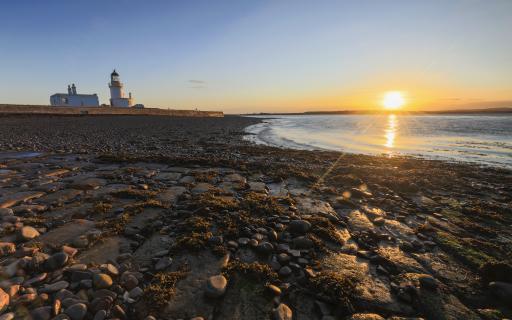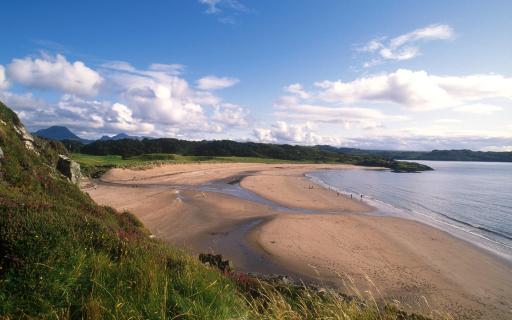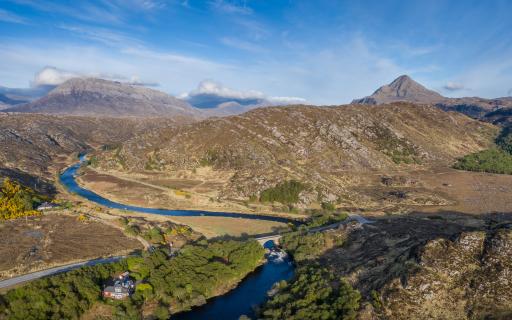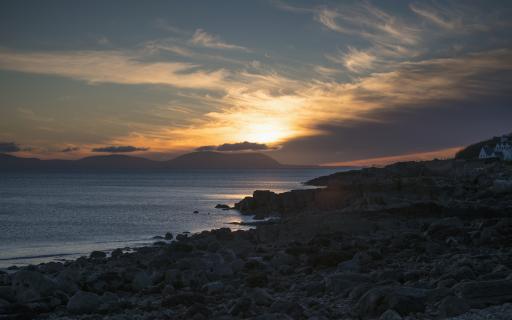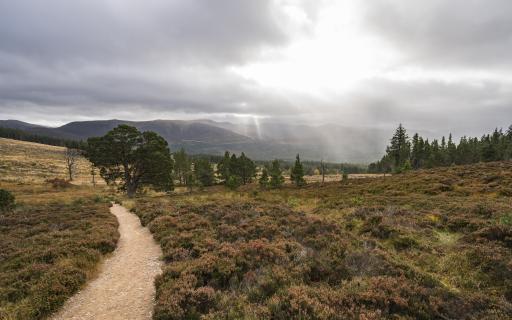
Hugh Miller and Staffa
The Black Isle Backstitchers came together to stitch an important story of adventure and discovery for the tapestry. They met at many Sunday sessions to motivate each other, develop ideas and exchange skills to create a magnificently stitched voyage.
This is their story.
A stonemason to trade but a brilliant geologist by vocation, Hugh Miller had become fascinated by the stories these rocks could tell, their formations and strata, and most of all, the fossils trapped inside them. Raised in Cromarty, Hugh had become deeply interested in the fossils he found at the foot of the sea-cliffs on the eastern coast of the Black Isle. Many of these were ammonites, molluscs that had lived in the Devonian period, about four hundred million years ago.
Despite being a devout Christian and centrally involved in the creation of the Free Church of Scotland in 1843, Miller was able to reconcile the great age of the Earth with biblical teaching. Before the publication of Charles Darwin’s Origin of Species in 1859, he had formulated his own theory of evolution based on his study of fossils. The Old Red Sandstone was Miller’s first and very popular book as it described the rock formations of the Devonian Age in the Highlands and the theory of plate tectonics, the movement of vast, ancient continents across the face of the Earth and how they shaped the map of the world.
 A voyage of discovery to Staffa.
A voyage of discovery to Staffa.Image provided by Kirstie Campbell
'We came together as a group in September/October 2022 when we received the Staffa panel which features Hugh Miller's story of scientific discovery as he studied the geology of Staffa and other islands.
We quickly established a pattern of meeting on alternate Sundays and taking the panel home in between meetings. We met in a room above the Hub in Muir of Ord, well lit and convenient for us all.
Meeting Andrew and Kirstie in person initially and on zoom throughout the winter was both helpful and reassuring. It also gave a sense of the vast scale of the project with groups from all over the Highlands and Islands on screen.
We all felt pretty nervous about starting the panel. So much for us to decide however, Louise made the first set of stitches. Seed stitch on the smallest of the basalt columns. After that, we were off!
We all took turns with the panel at home. We discussed how to develop and proceed with the work and generally agreed.'
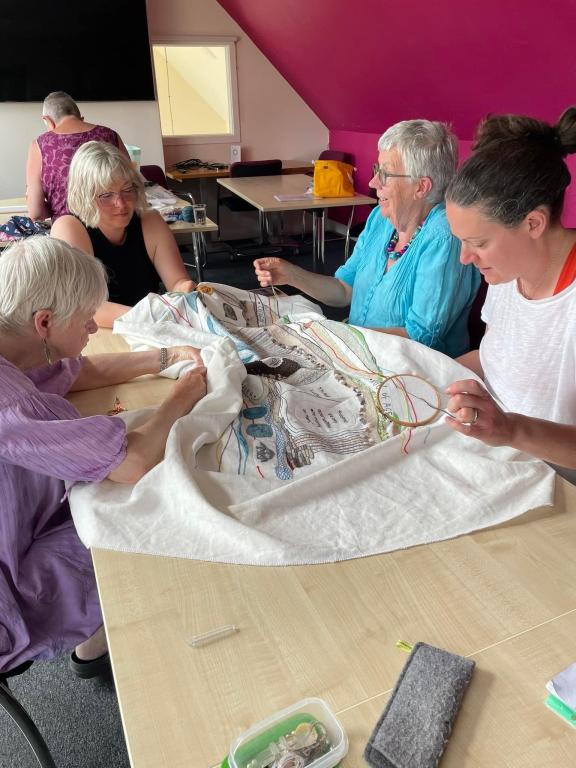 The Black Isle Backstitchers hard at work on intricate details.
The Black Isle Backstitchers hard at work on intricate details.Image provided by Jean Bell
We all felt that we had learned from each other and the project. We are planning to start something new together soon.
Read the stories behind the journey stones of the Black Isle Backstitchers
WITH THANKS TO THE BLACK ISLE BACKSTITCHERS
This panel was stitched by Jean, Ann, Andrea, Jane, Kirsten, Louise, Margaret, Marilyn and Sarah who gave their time, skill and energy to completing a fantastic artwork for their area.
If you would like to see the panel up close and admire the detail of their work, you can currently view the panel in the Inverness Castle Experience.
EXPLORE MORE STITCHERS STORIES BELOW
Swipe left for more

